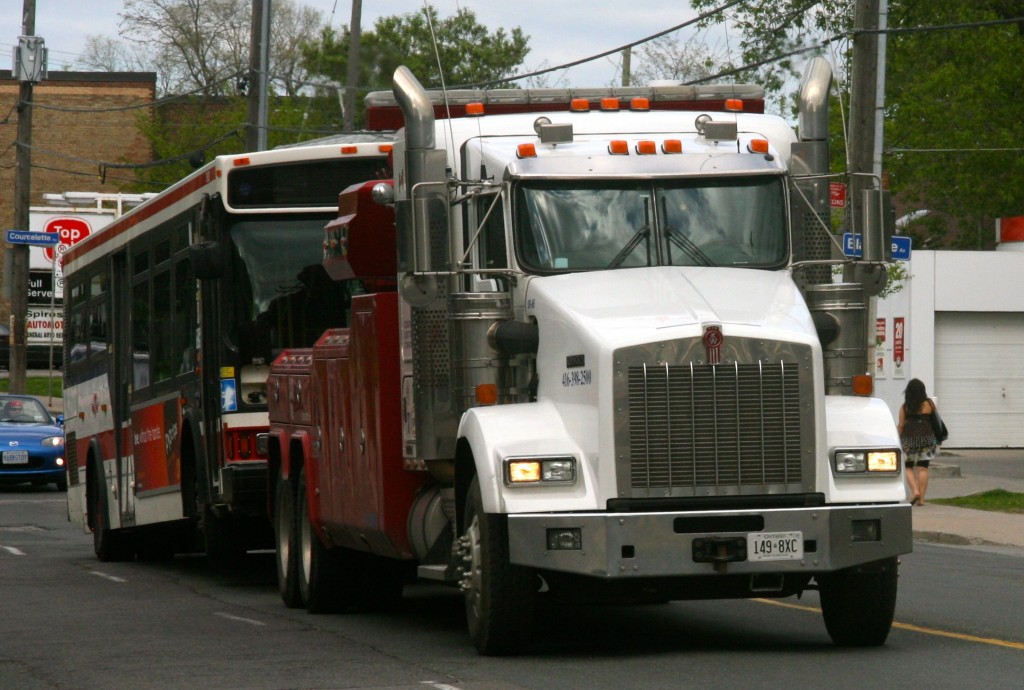By STEPHEN WICKENS
Toronto’s desperate for brilliance on the transit file.
And if we get more than a flash of it for Sheppard Avenue in coming years, we may be indebted to an immigration officer who visited Seoul in 1965. Such are the wonderful chains of events available when looking back over longer lives – not that we’re calling Raymond Cho old.
Without that bureaucrat, Cho wouldn’t have been talked into coming to Canada. And, without Cho, the next phase of this interminable and painful Sheppard debate would almost certainly be more of the same. But after more than 20 years on council, Cho’s suddenly a rookie TTC commissioner. His background is in social work. He has a master’s, a PhD and a sense of humour.
He also has a big problem.
Cho represents Ward 42, Toronto’s northeast corner, and it’s the likely plight of his constituents that best highlights a gaping hole in the discussion.
Even with a new light-rail line — the recommendation of an “expert” panel that reviewed a narrow menu of options for council — transit will be messy for voters in Cho’s ward.
Consider a Ward 42 resident attending York University or Humber College, or working on Finch West or at Vaughan Metropolitan Centre. The trek might start with a walk to a stop and a wait for the Neilson, Morningside or Progress bus to get to the new line.
LRT would provide service to Don Mills station and another transfer point, this time for a five-stop subway ride to Yonge. From there, it could be two more stations on a northbound train to pick up the Finch West bus for a ride over to another LRT starting at Keele. Or it might make sense at Sheppard-Yonge station to grab a bus to Downsview, before transferring to a northbound Spadina train to York or Vaughan or the Finch LRT.
Round-trip, that’s up to 12 transfers, and studies have found transit riders’ wait-time perceptions are often out by a factor of three.
Apparently, since the March 5 council meeting, we’re back heeding transit experts, and experts say minimizing transfers is a key to public transit’s competitiveness with private cars.
Respected transit people — including David Gunn, Richard Soberman and Ed Levy — made this point at a 2008 symposium put on by the Residential and Civil Construction Alliance of Ontario. None of those who spoke is anti-LRT or pro-subway, but all felt Transit City, which council seems eager to re-embrace, had big flaws, starting with Sheppard-Finch corridor disconnects. They indicated that if we put LRT lines on Sheppard east and Finch west, we better find a way to make them one, even if it means converting the Sheppard subway to light-rail.
TTC planners may have listened because, for a brief period, Transit City was augmented to link the lines via Don Mills Road and Finch East, though that solution isolates the Sheppard stub, wasting a billion sunk-cost dollars.
Cho didn’t ask for this mess, but then it wasn’t his idea to move to Canada. His brother was the would-be immigrant, but brought Raymond along as an interpreter. That’s when the Canadian official persuaded Cho to apply, setting in motion the events that have landed him on the Sheppard hot seat.
Cho offers a thoughtful “hmmm,” when it’s pointed out that, simultaneously, we talk of seamless Metrolinx-led transit across the GTA while preparing to lock into a series of time-wasting hurdles for east-west travel within the city. “The question is a very valid one,” Cho says when asked what he’ll tell constituents. “This is one area I’ll take a very close look at.”
Of course, at council, Cho must endure lobbying from pro-subway and pro-LRT zealots. It will test his claim to have risen above the left-right rift that has deprived Toronto of sanity since amalgamation. But Cho must know something about resolve, growing up in Japanese-occupied Korea, losing his dad in a cholera epidemic and, as a teen, keeping out of the line of fire in the Korean War. And though Canada wasn’t welcoming when he arrived, he became a great immigration success story.
“I remember asking, why did I come to this stupid country?” he says, recalling racial intolerance and long shifts as a dishwasher, waiter, miner and janitor. “At one point, I even picked worms. It was hard, but it was a great education, much more valuable than my doctoral degree. I learned to listen. I learned how to talk to anyone.”
He says by the early 1970s, once he’d brought his fiancé from South Korea and settled in Toronto, he fell in love with Canada.
“I knew this was my country.”
Now, at 75, does he have the energy for such a baptismal firefight in the unfamiliar transit portfolio?
“C’mon, compared to Hazel McCallion, I’m a teenager,” he says.
Councillor Cho has since announced he will support the panel’s LRT recommendation. No word yet on what he’s telling his constituents.
